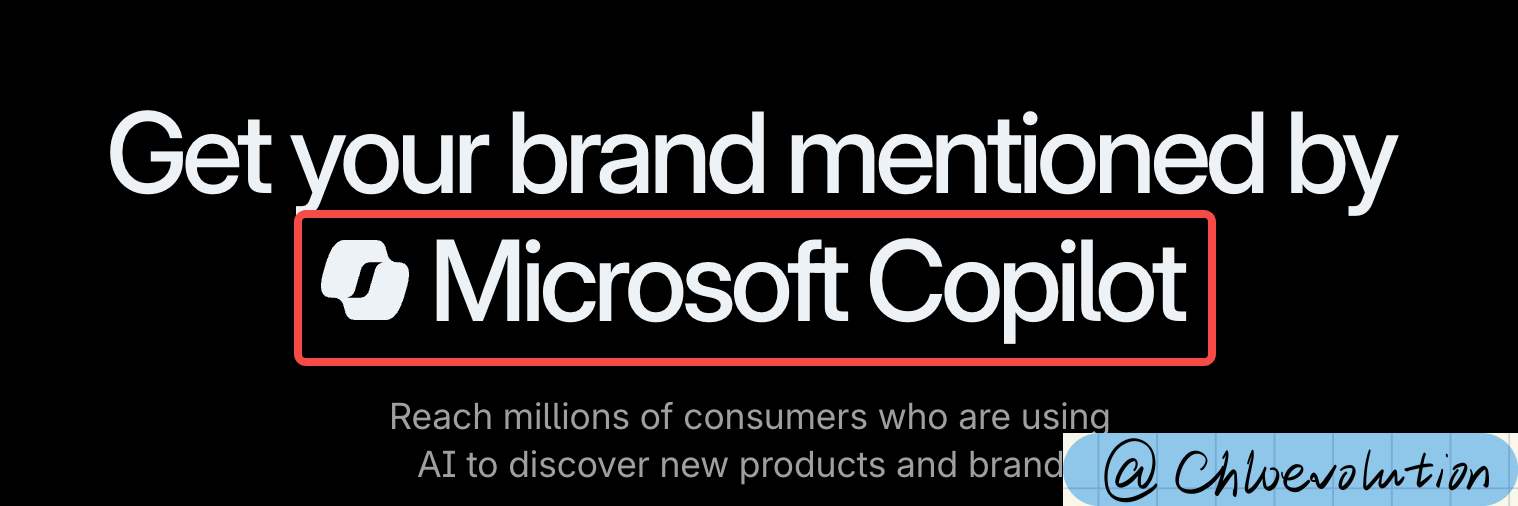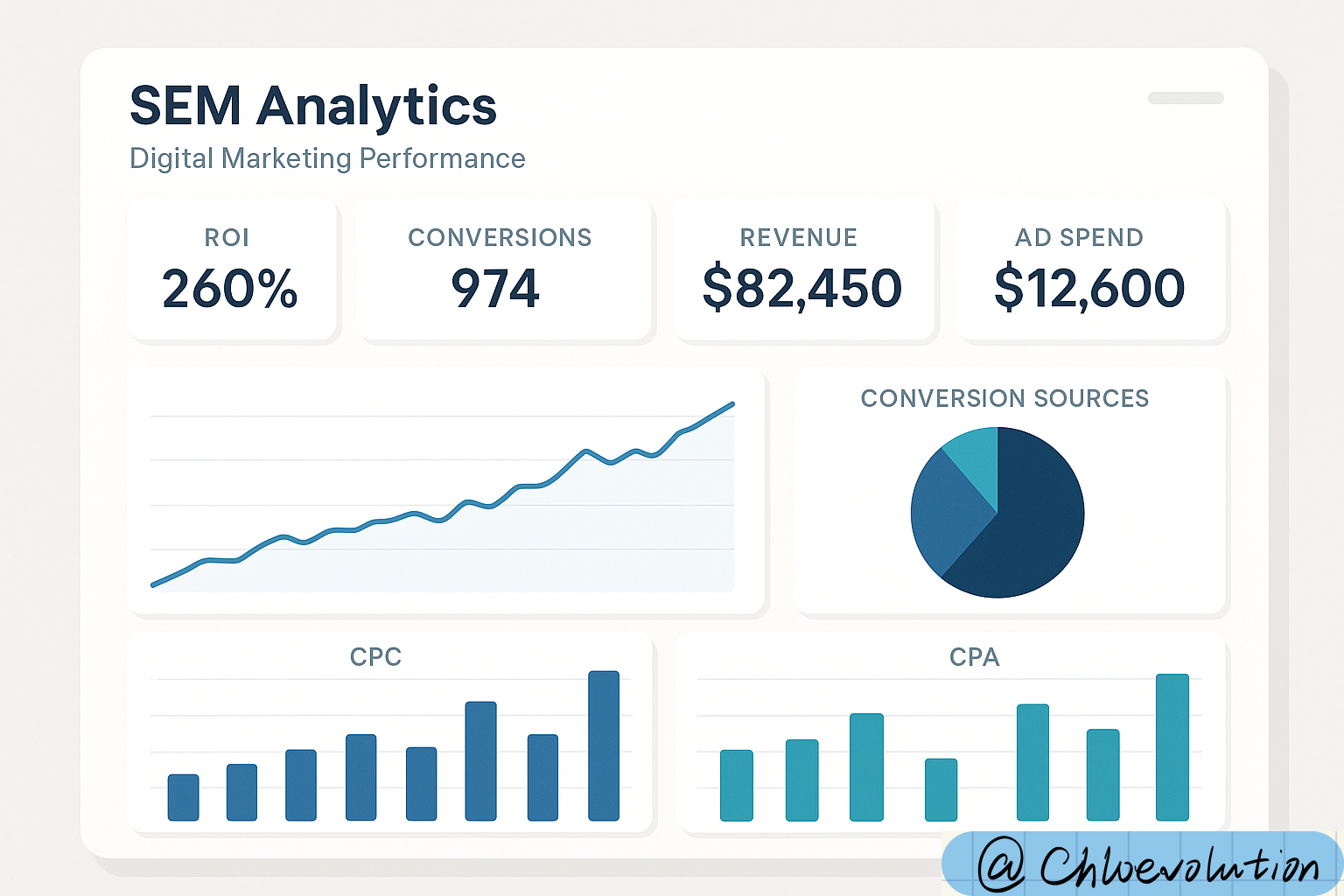Dreamflow Review
DreamFlow is an AI mobile app builder designed to make the app development process automated, visual, and code-based. Its goal is to let users create production-ready applications faster than ever — combining the speed of AI for rapid prototyping and iteration with full control over the underlying code, ensuring that the final output is high-quality, scalable, and commercially viable.
How users build with Dreamflow:
Describe your app Use natural language to tell the system what you want to build.

